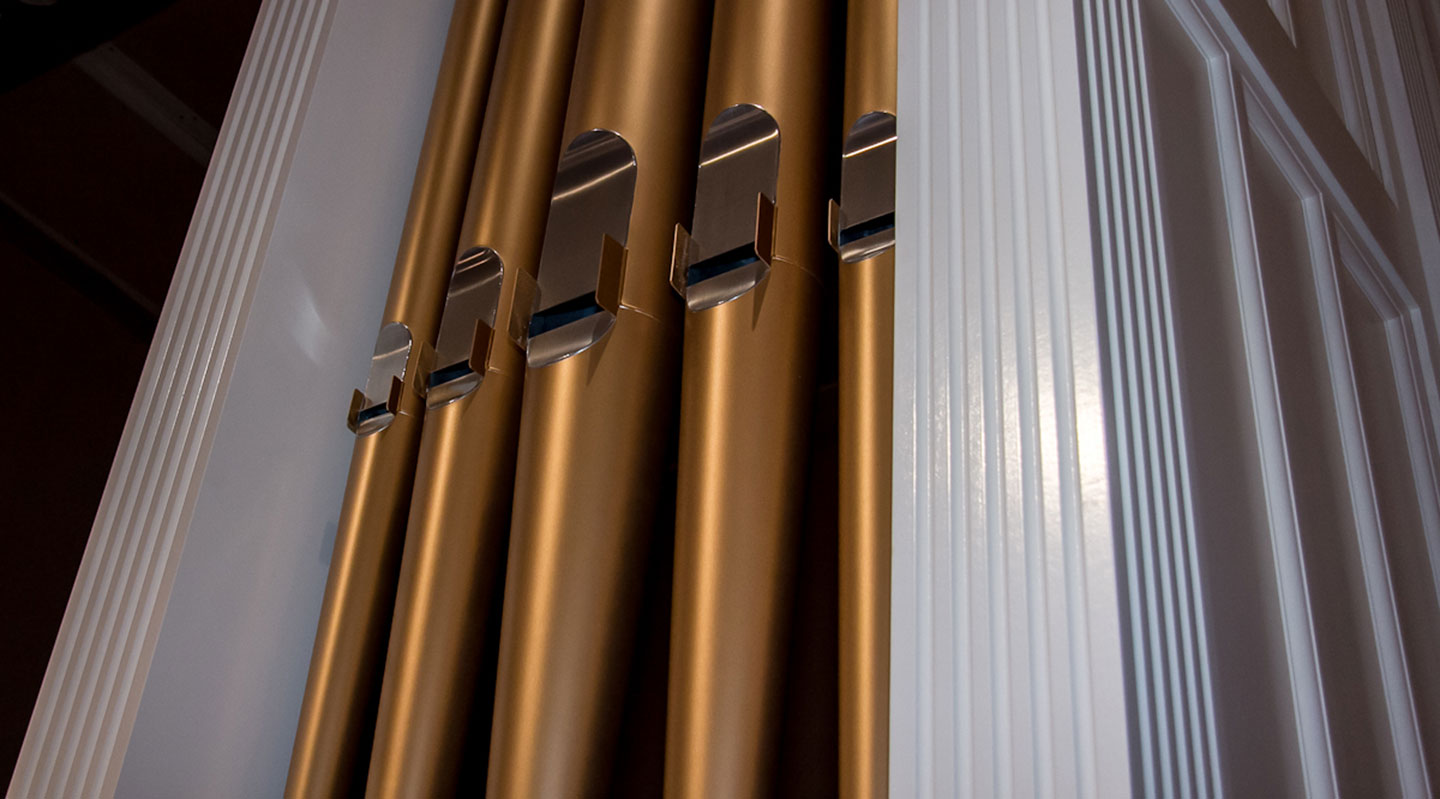Is Your Blower Doing Its Job?
One of the least glamorous parts of your pipe organ is its blower. This is the device that supplies the wind enabling the pipes to sound. It’ s an electrically powered turbine that maintains a steady wind supply for the organ. Ideally, it’ s located in the same room as the organ or at least draws its intake from the same room. Here are some frequently asked questions concerning blowers:
What needs to be done in terms of regular maintenance of our blower?
Most of the newer blowers have sealed bearings and need very little in the way of periodic maintenance but older ones should have regular oiling (once a year is usually enough) and occasional cleaning of the motor armatures. If the blower is in a dusty location, keeping the area around it clean will do wonders for the life of the motor (Not to mention the organ itself!) If the blower is in a separate room or closet, make sure that this area is kept as clear as possible and not used for storage. Placing stuff around the blower inhibits its performance and can create a safety hazard. (We actually knew of one church where the sexton was storing gasoline for the lawnmowers in the blower room next to the motor!)
Are old blowers a detriment to the organ?
Not necessarily. Many of the old blowers, while not as efficient electrically, still work quite well. As long as the motors and moving parts have been kept well lubricated they should provide years of service. What can be a bigger detriment is the physical location of the blower. We’ ve learned a lot about electric blowers since they were first used around the turn of the century. We’ve also learned what damage a poorly located blower can do to an instrument. If the blower is located too far from the organ, the instrument may suffer from unsteady wind pressure. Likewise, if the blower is placed near a furnace room or other heat source, the heated air will cause problems with tuning. We know of one installation that could be the “poster child” for bad blower installations. The blower in this case is located in a basement closet with the intake right beside a gas hot water heater. To make matters worse, the closet where these are located is right off from the church kitchen next to the stove and deep fryer! Needless to say, the air being sucked in is quite warm (we measured the air temperature leaving the blower at 80 degrees last winter!) and not to mention of poor quality due to the grease and smoke from the kitchen. This is a case where the blower should at least be moved upstairs to the Swell chamber. This would put it in the same room with the organ as well as getting it away from the heat and poor quality of air in the basement.
What about blowers and humidity?
A dry, over-heated room can do tremendous damage to a pipe organ (not to mention pianos and other wooden furnishings). If your building is overly dry, the best solution is to humidify the entire church. If that isn’ t practical than the organ itself needs to be humidified. The best way to do that might be to place a humidifier in the blower room that can replace relative humidity back into the system.
In short, if you take proper care of your blower it will add years to the life of the organ. If you don’t, the opposite will also prove true!
« Back to Other Articles
